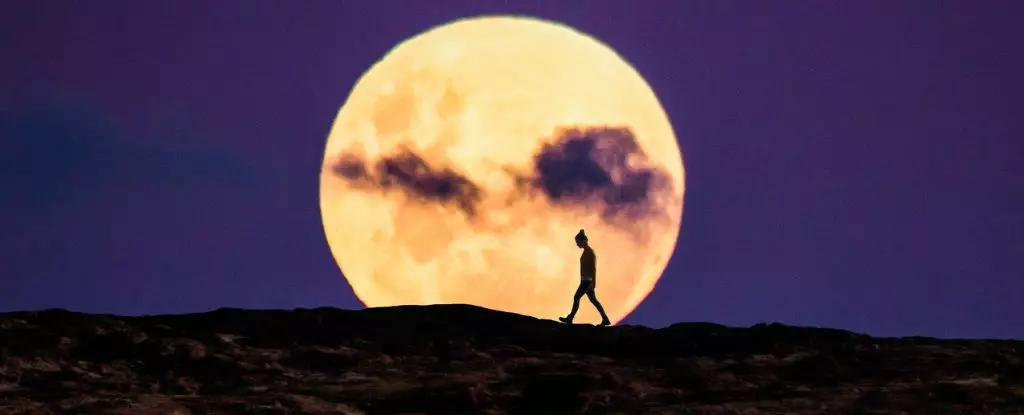This week, skywatchers around the world are in for a treat as the biggest and brightest supermoon of the year will grace our skies. A supermoon occurs when a full moon coincides with its closest approach to Earth, a point known as perigee. Unlike commonly fleeting celestial events like meteor showers or constellations, these lunar spectacles can be observed from nearly any location on the planet, making them accessible to a wide audience, regardless of urban or rural settings.
According to Jennifer L. Hoffman, director of the Chamberlin Observatory, “People can witness the supermoon without needing any special equipment. Just go outside; it’s visible almost everywhere.” This accessibility adds to the excitement surrounding this astronomical event, offering a chance for individuals and families to appreciate the wonders of the night sky together.
This particular supermoon will be especially noteworthy because of its magnitude. Set to shine most brightly over the course of the evenings from Tuesday through Friday, the moon will reach its closest point to Earth on Wednesday evening at approximately 8:50 PM ET, being just about 221,938 miles away—a significant 17,000 miles closer than the average distance. As it approaches this perigee, the moon will appear approximately 14% brighter than usual, a visually striking enhancement that will be visible to the naked eye.
For optimal viewing, astronomers recommend planning a moon-gazing session on Wednesday or Thursday when the moon rises. The low positioning of the moon near the horizon can create an optical illusion, making it appear larger in comparison to surrounding terrestrial features. This trick of the light is something that adds an extra layer of charm to the event, as the moon’s size seems inflated against the backdrop of houses, trees, and hills.
While it’s perfectly delightful to observe the supermoon with just your eyes, exploring it with a telescope adds an enriching experience. Stargazing through a telescope reveals intricate lunar details, allowing viewers to appreciate the moon’s craters and textural features in a way that is simply not possible with the naked eye. Wes Ryle, an astronomer associated with the Cincinnati Observatory, highlights the thrill of sharing these moments with friends and family, stating, “Seeing the stark contrast and rich detail of the moon’s surface through a telescope is a fantastic experience.”
This week’s supermoon stands out since it represents the third of four consecutive supermoons of 2023. Surpassing its September predecessor in brightness and size, this supermoon is officially termed the Hunter’s Moon, drawing from traditional practices where hunters prepared for the upcoming winter months by gathering supplies. Named by the Farmers’ Almanac, its title represents a rich cultural tapestry that connects human activities with celestial occurrences.
Good news for sky enthusiasts who may miss this dazzling display: supermoons are a relatively frequent occurrence. With the next supermoon slated for November, individuals won’t have to wait long for another opportunity to gaze upon this breathtaking sight. While some supermoons may coincide with a new moon phase, diminishing their visibility, the four supermoons this year are uniquely aligned as full moons, ensuring vibrant displays for curious viewers.
Astronomy aficionados looking ahead can anticipate another series of supermoons in late 2025, which will debut in October, November, and December. So, even if you miss this spectacular supermoon, there’s always the promise of another one on the horizon.
An enchanting supermoon presents an extraordinary opportunity for celestial observation, providing a chance to connect with the night sky on a deeper level. The combination of increased brightness and the moon’s closeness to Earth creates a mesmerizing spectacle that is simple to behold yet profound in its beauty. Whether you venture out with a telescope or simply step out into your backyard, take a moment to appreciate the wonders of our universe. As time moves forward, and new celestial events unfold, don’t miss the chance to build lasting memories under the extraordinary glow of supermoons yet to come.

